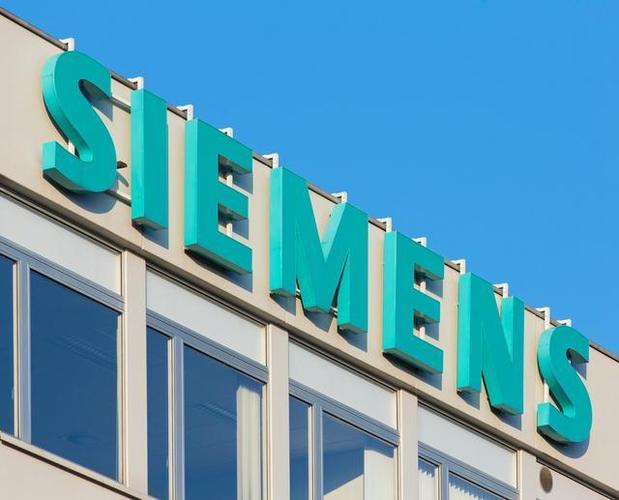AI Isn’t Expensive—Cheaper Than Staff
For entrepreneurs and business leaders with significant wealth, the belief that artificial intelligence is an expensive indulgence continues to exist. However, the truth is clear: advanced AI solutions frequently have a lower price tag than hiring permanent staff, all the while providing more reliable outcomes. This discussion is not focused on substituting teams; rather, it emphasizes the importance of directing human skills towards impactful initiatives while allowing AI to manage mundane and resource-intensive duties at a much lower expense. For judicious decision-makers, AI should not be viewed as a financial burden; it represents a strategic commitment that reduces operational costs without compromising standards.

Research & Analysis: AI vs. Analyst Teams
A luxury investment company previously had a research department of five individuals, costing $500,000 every year, to study market dynamics. Currently, an AI system at a cost of $30,000 per year analyzes ten times the amount of data—from private equity transactions to fluctuations in the art market—providing insights in only four hours rather than four days. Moreover, the AI identifies concealed connections that human analysts could overlook, enhancing portfolio returns by 18%. The reduction in expenses is $470,000 per year, along with improved outcomes. AI not only reduces expenses but also enhances the standard of analysis.
Customer Service: 24/7 AI Assistants
An upscale hotel brand invested $350,000 annually in a night-time concierge staff. Now, an AI concierge, costing $25,000 per year, manages 85% of requests that come in after hours—such as scheduling spa services, suggesting dining options, and addressing room concerns—while offering responses that feel natural and customized. Human personnel only engage with more complicated inquiries, leading to a 40% decrease in their workload. The hotel has saved $325,000 a year and also raised guest satisfaction ratings (AI responds in 10 seconds compared to 5 minutes for human staff).

Content Creation: AI vs. Internal Writers
A prestigious fashion label spent $200,000 annually for a three-person team dedicated to creating social media posts, product descriptions, and blog content. An AI content generation tool, costing just $15,000 a year, now produces initial drafts that are aligned with the brand’s unique voice, reducing writing time by 70%. Human editors now concentrate on enhancing the best ideas, prioritizing creativity instead of mere typing. The brand managed to save $185,000 annually and boosted content production by 50%, reaching wealthier demographics without increasing headcount.

Inventory Management: AI vs. Supply Chain Employees
A high-end wine distributor employed a four-member supply chain team costing $400,000 each year to oversee inventory. An AI system that costs $40,000 per year now forecasts demand by analyzing factors such as weather patterns, holiday influences, and historical sales, decreasing overstock by 35% and minimizing stock shortages by 45%. It also automates orders from suppliers, reducing administrative tasks by 80%. The distributor saved $360,000 annually, allowing their personnel to concentrate on fostering relationships with vineyards.
For top-tier business executives, the numbers are evident: AI offers greater value at a reduced cost. It removes the expenses associated with salaries, benefits, and training, operating continuously without exhaustion. The focus should not be on replacing people, but on enabling AI to manage the routine tasks so teams can emphasize creativity, planning, and client interactions—domains where human skills are essential. AI is not an exclusive luxury for a select few; it is a cost-reducing resource that equalizes opportunities, allowing wealthy investors and entrepreneurs to optimize profits while developing stronger and more adaptable businesses.
(Writer:Tick)





